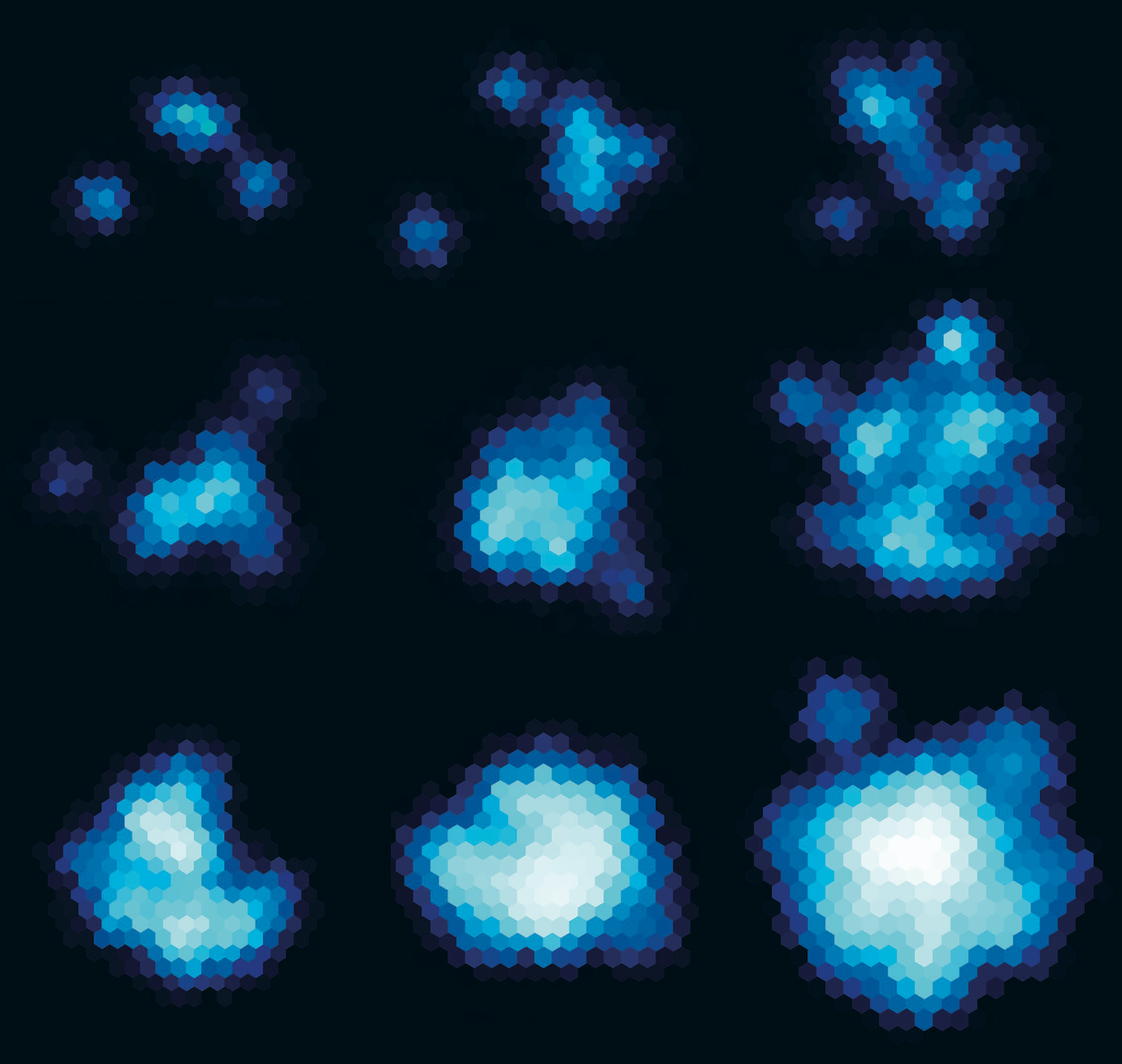Atoms are made up of protons and neutrons orbited by electrons, which are thousands of times lighter. But that’s not the whole story. Protons and neutrons are themselves composed of trios of particles called quarks, which are only a little heavier than the electrons and contribute less than 1% to the mass of protons and neutrons. So where does the other 99% of the mass of protons and neutrons – and thus of the visible Universe – come from? The answer is “glue” or, more specifically, particles called gluons, which stick the quarks together. Although gluons are massless, their energy provides the other 99% of the mass of protons and neutrons via Einstein’s famous equation E=mc2.
However, much remains to be understood about gluon dynamics. The chief experimental challenge is to observe the onset of gluon saturation – a dynamic equilibrium between the splitting of gluons into pairs of gluons and gluon recombination, in which two gluons combine to become one.
In the latest issue of the CERN Courier, Daniel Tapia Takaki of the University of Kansas describes how ultraperipheral, or near-miss, collisions at the Large Hadron Collider (LHC), mediated by high-energy photons, are shedding light on gluon dynamics and could reveal gluon saturation.
Find out more in Takaki’s CERN Courier article and in this article from the ALICE collaboration.

